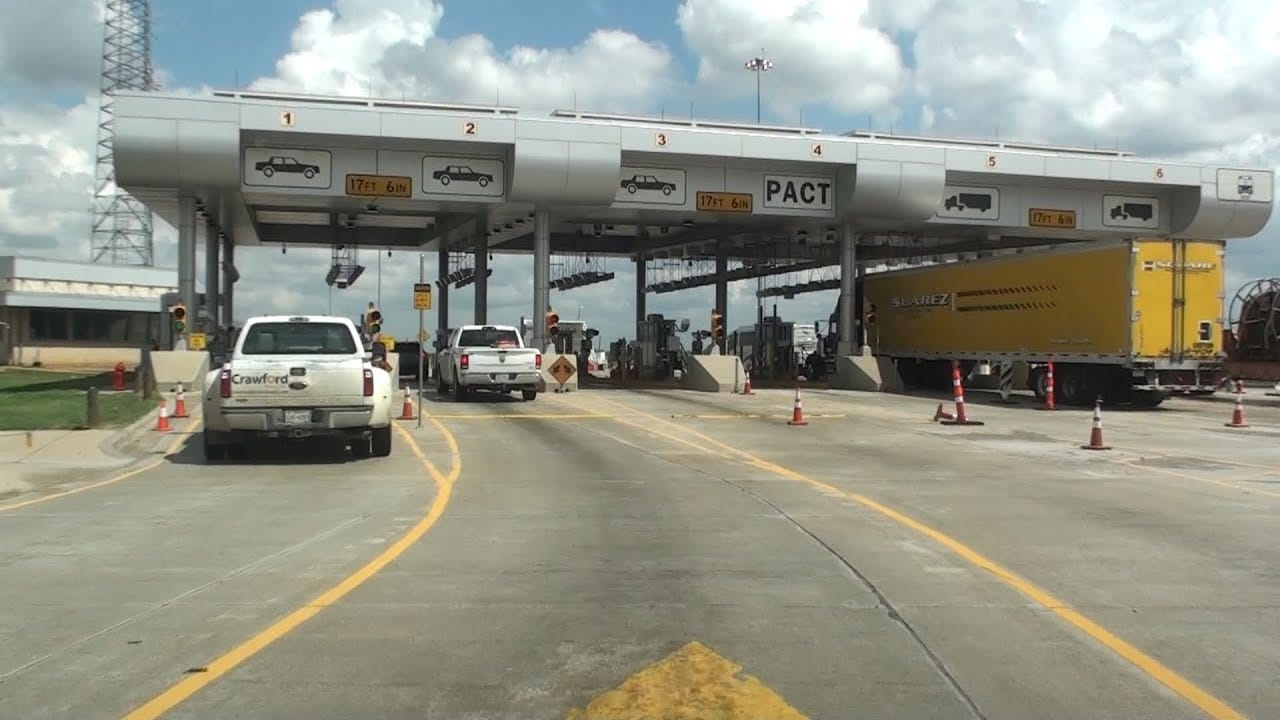Winter is entering a new phase of intense activity, as meteorologists predict that a series of five impactful winter storms could bring more snowfall than the preceding two winters combined. This dramatic surge in weather activity has residents and officials in affected regions gearing up for potentially extreme conditions.
The northeastern United States and parts of the Midwest are expected to face the brunt of the storms. These areas, which have experienced less-than-average snowfall over the last two years, might see record-breaking accumulation this season. The National Weather Service and other agencies have issued advisories for widespread snowfall, with some locations likely to record totals that surpass annual averages significantly.
Experts attribute this sudden surge in storm activity to a combination of factors, including shifts in atmospheric patterns and events like El Niño. Unlike the subdued snowfall of the past winters, which saw less than 50% of the average accumulation in major cities like New York, Boston, and Washington D.C., this winter’s active weather setup has already led to a series of significant snow events. Forecasters suggest that the upcoming storms will exacerbate these trends, leading to potential snowfall tallies that exceed recent annual records.
Meteorologists point to past trends and current data to emphasize the rarity of this situation. Last year’s relatively warm winter produced minimal snow accumulation, leaving residents more accustomed to mild conditions. However, this transitional phase has pivoted to what some experts are calling one of the most impactful stretches of winter weather in recent memory.
The effects of these storms aren’t just restricted to snowfall. Accompanying freezing rain, ice accumulation, and blizzard conditions are expected to disrupt travel across major roadways and airports. Local governments in affected areas are ramping up their emergency preparedness plans, hoping to minimize the disruptive potential of these fast-moving systems.
Additional concerns revolve around the potential for flooding as temperatures rise following the snowfall. Sudden melting of significant snowpacks could create water management challenges, especially in urban areas with limited drainage capabilities.
In light of these forecasts, experts advise residents to stay vigilant and prepare for potential power outages, delays in transportation, and challenges in accessing essential services. Stockpiling necessary supplies, keeping updated with weather alerts, and avoiding unnecessary travel during storm periods are some measures strongly recommended by authorities.
Climate scientists are also analyzing the current pattern to understand the broader implications of such events in the context of climate change. While individual weather events aren’t solely indicative of global patterns, shifts in storm frequency and intensity could hold clues about longer-term atmospheric changes.
As these storms set their course, the United States braces for a winter weather event whose fallout could redefine expectations for the season. Officials and residents alike are urged to approach this unfolding series of events with caution and diligent preparation.



